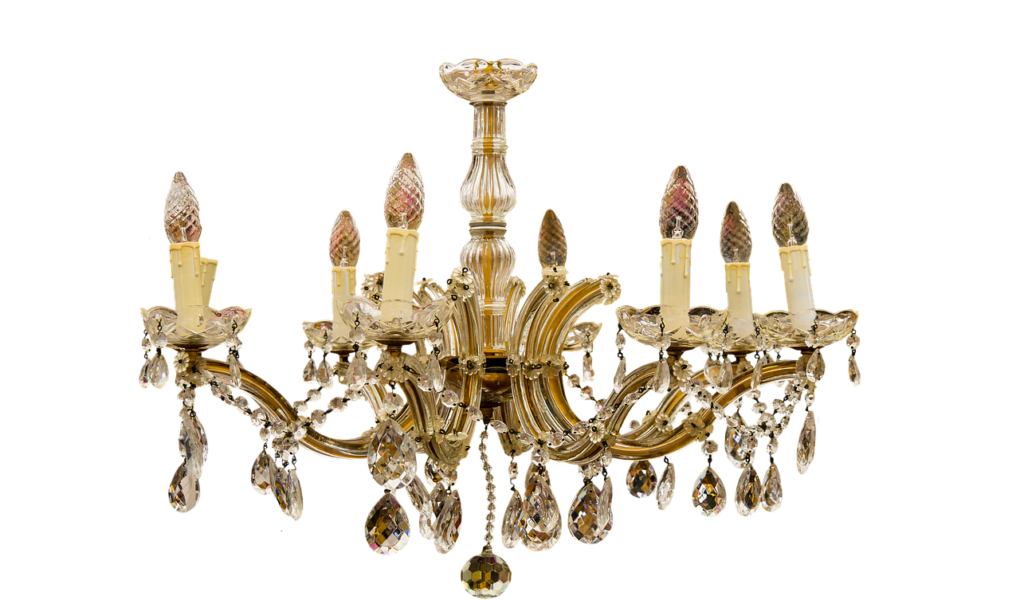Step into the world of dark interiors and discover essential lighting tips that will illuminate your space. Whether you’re dealing with a basement, a windowless room, or simply a space that lacks natural light, this article is here to guide you. From strategic placement of lamps to the transformative power of mirrors, you’ll learn how to create a bright and inviting atmosphere that will make you forget all about the darkness. Say goodbye to gloomy spaces and say hello to a well-lit haven that radiates warmth and beauty.
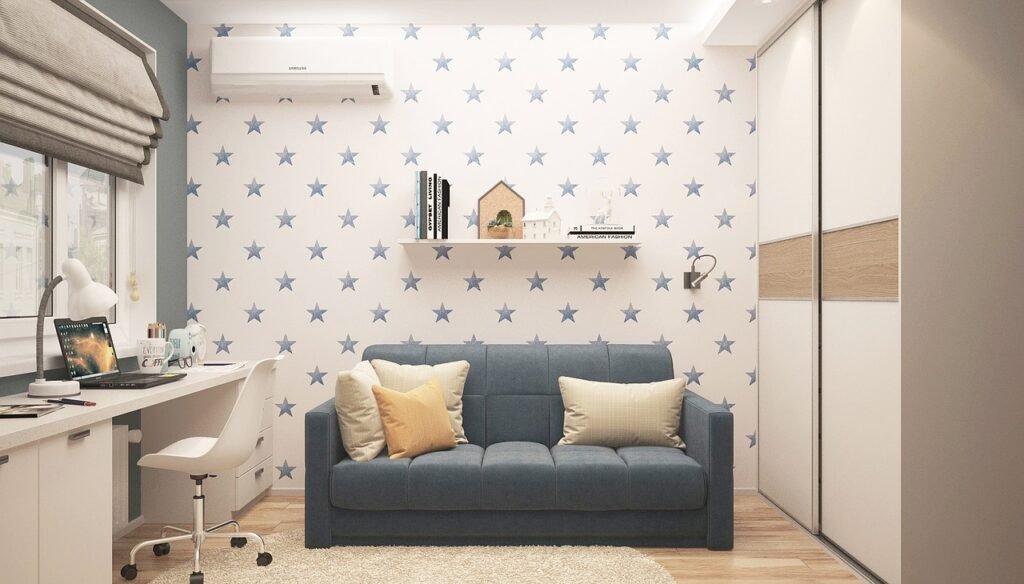
1. Choosing the Right Light Bulbs
Understanding Color Temperature
When it comes to choosing the right light bulbs for your dark room, understanding color temperature is essential. Color temperature, measured in Kelvin (K), refers to the color appearance of the light emitted by a bulb. Lower Kelvin values produce warm, yellowish light, while higher Kelvin values produce cool, bluish light. For a dark room, it is recommended to opt for bulbs with a higher color temperature, around 5000K, as this provides a brighter and more energizing light.
Opting for LED Bulbs
LED (Light Emitting Diode) bulbs are the ideal choice for illuminating dark rooms. They are energy-efficient, long-lasting, and offer a wide range of color temperatures to suit your needs. Additionally, LED bulbs emit very little heat, making them safe to use in enclosed spaces. By replacing your traditional incandescent or fluorescent bulbs with LED bulbs, you can significantly brighten up your dark room and save on energy costs.
Considering Wattage and Lumens
When choosing light bulbs for your dark room, it’s important to consider both wattage and lumens. Wattage refers to the amount of power consumed by the bulb, while lumens indicate the brightness of the light emitted. In general, higher wattage and lumens translate to brighter light. However, it’s crucial to strike a balance between brightness and energy consumption. Look for bulbs with a higher lumen output while keeping the wattage reasonable to ensure optimal illumination without excessive energy usage.
2. Maximizing Natural Light
Removing Obstacles
One of the most effective ways to brighten up a dark room is by maximizing the entry of natural light. Start by removing any obstacles that may be blocking the windows, such as heavy curtains or furniture. Clearing the windowsills and ensuring that there are no obstructions in front of the windows allows natural light to flood into the room unimpeded.
Using Mirrors
Mirrors are an excellent tool for reflecting and amplifying natural light. Strategically place mirrors on walls opposite windows to bounce the incoming light throughout the room. This not only brightens up the space but also creates a sense of openness and depth. Consider using large mirrors or mirrored furniture to maximize the reflection of natural light.
Installing Skylights or Windows
In cases where the room lacks sufficient natural light, installing skylights or additional windows can make a significant difference. Skylights bring in ample natural light from above, providing a source of illumination that is evenly distributed throughout the day. Similarly, adding more windows to the room allows for increased daylight penetration, brightening the space and creating a more inviting atmosphere.
3. Utilizing Ambient Lighting
Placing Floor Lamps
Ambient lighting plays a crucial role in illuminating dark rooms. Floor lamps are a versatile and effective option for providing ambient light. Place floor lamps strategically around the room to evenly distribute light and eliminate any dark corners. Choose lamps with adjustable heads or multiple light settings to allow for customization of the lighting intensity and direction.
Using Wall Sconces
Wall sconces are another great way to incorporate ambient lighting into a dark room. These fixtures are mounted on walls and provide indirect lighting that helps to create a warm and inviting atmosphere. Place wall sconces at strategic points, such as above seating areas or along hallways, to enhance the overall brightness and ambiance of the space.
Considering Pendant Lights
Pendant lights are not only functional but also add a stylish touch to any room. Install pendant lights with dimmable features to provide ambient lighting while also allowing for customization of the light intensity. Hang pendant lights above dining tables, kitchen islands, or seating areas to create a focal point and add an extra layer of illumination to the room.
4. Incorporating Task Lighting
Adding Desk Lamps
Task lighting is crucial for specific activities such as reading, studying, or working. Add desk lamps to workstations or study areas to provide focused, bright light. Adjustable desk lamps with flexible necks or adjustable arms allow for targeted lighting, preventing eye strain and improving productivity. Choose bulbs with a cool color temperature, such as daylight white, for optimal task lighting.
Installing Under-Cabinet Lights
In dark kitchens or workspaces, under-cabinet lights can make a significant difference. These lights are installed underneath cabinets and provide direct, focused lighting onto countertops or work surfaces. By eliminating shadows and brightening the areas where tasks are performed, under-cabinet lights enhance functionality and visibility.
Utilizing Task Lighting in Specific Areas
Consider incorporating task lighting in other specific areas of the room, such as bathroom vanities, dressing tables, or hobby spaces. Install well-positioned vanity lights, makeup mirrors with built-in lighting, or specialty task lights to brighten these areas and ensure optimum visibility for grooming, applying makeup, or pursuing hobbies.
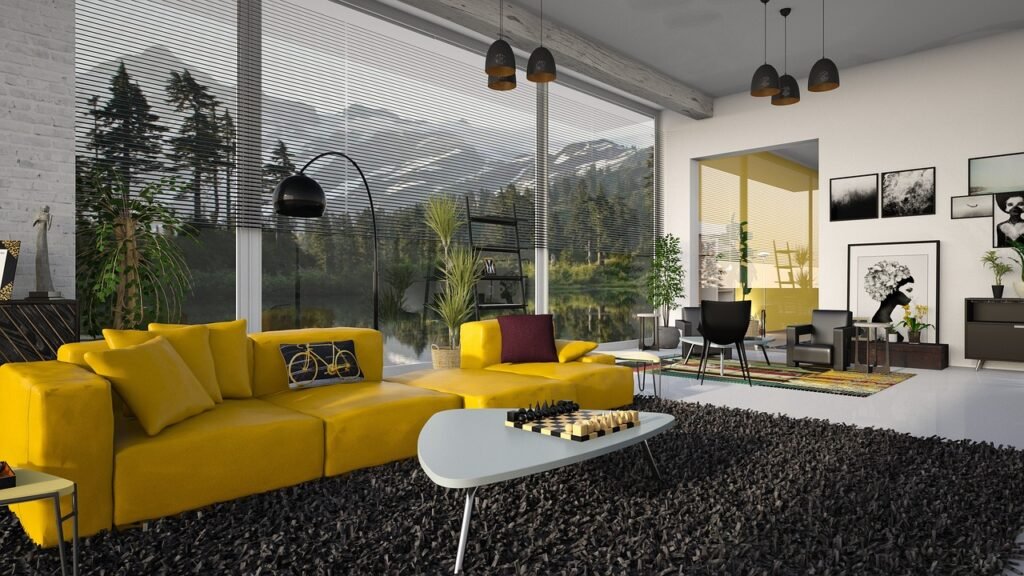
5. Creating a Layered Lighting Design
Understanding the Three Layers
A layered lighting design is essential for achieving a well-balanced and visually appealing illumination in a dark room. The three layers of lighting include ambient lighting, task lighting, and accent lighting.
- Ambient Lighting: Provides overall illumination and serves as the room’s primary light source.
- Task Lighting: Offers focused lighting for specific activities or tasks.
- Accent Lighting: Highlights points of interest, architectural features, or decor elements.
Using Different Lighting Fixtures
To create a layered lighting design, incorporate various lighting fixtures that cater to each layer. Use a combination of ceiling lights, floor lamps, table lamps, wall sconces, and pendant lights to achieve the desired effect. Each fixture should serve a specific purpose while working harmoniously with the rest of the lighting scheme.
Balancing Different Light Sources
When designing a layered lighting scheme, it’s crucial to balance different light sources to avoid overpowering or uneven lighting. Adjust the brightness and color temperature of each light source to create a cohesive and harmonious atmosphere. Dimmers and smart lighting systems can be utilized to easily control the intensity and color of each light source, allowing for customization based on the room’s needs and ambiance.
6. Choosing Light Colors for Décor
Opting for Light-Colored Paint
The color of the walls contributes significantly to the overall brightness of a room. Choose light-colored paint for the walls, such as whites, pastels, or neutrals, as these shades reflect more light and help to create a brighter ambiance. Avoid dark or bold colors, as they absorb light and may make the room feel smaller and darker.
Using Light-Colored Furniture and Accessories
Incorporate light-colored furniture and accessories to enhance the brightness in a dark room. White or light-colored upholstery, curtains, rugs, and throw pillows can create a sense of airiness and reflect light effectively. Adding mirrors or metallic accents can also help in further brightening up the space by reflecting both artificial and natural light.
Selecting Light-Colored Window Treatments
Window treatments play a significant role in controlling the amount of natural light entering a room. Opt for light-colored curtains or blinds that allow maximum light transmission. Sheer curtains or light filtering blinds are excellent choices as they provide privacy while still allowing ample natural light to penetrate the room.
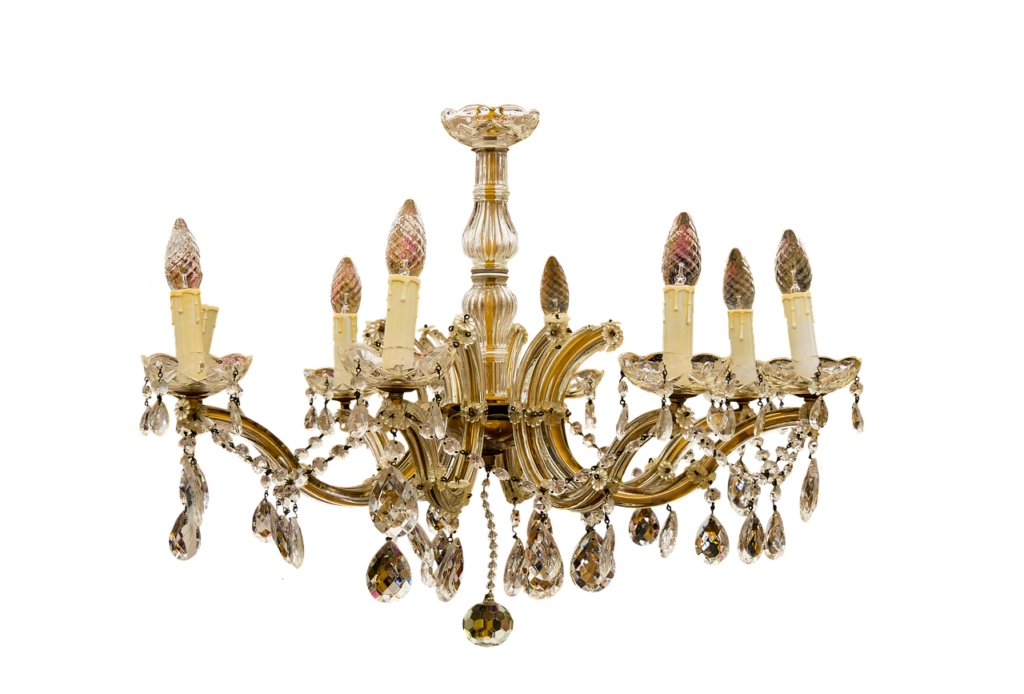
7. Avoiding Harsh Glare
Using Diffusers or Lamp Shades
To avoid harsh glare from direct light sources, consider using diffusers or lamp shades. These accessories help to disperse light evenly and soften the intensity of the light emitted. Choose lamp shades made from materials that diffuse light, such as fabric or frosted glass, to create a more comfortable and diffused lighting effect.
Directing Light Away from Reflective Surfaces
In rooms with reflective surfaces, such as glossy countertops or shiny furniture, it’s essential to direct light away from these surfaces to avoid excessive glare. Position light fixtures in a way that the light is directed towards the walls or ceiling, creating a more indirect and diffused lighting effect. This not only reduces glare but also helps in illuminating the room more evenly.
Placing Lights Strategically
Strategic placement of lights can help prevent harsh glare and create a balanced lighting scheme. Consider the room’s layout and the function of the space when positioning lights. By avoiding direct line-of-sight to bright light sources and ensuring lighting fixtures are well-distributed, you can minimize glare and create a comfortable and inviting environment.
8. Accentuating Points of Interest
Highlighting Artwork or Wall Features
In a dark room, accent lighting is essential to draw attention to specific points of interest such as artwork, wall features, or architectural details. Use adjustable accent lights such as picture lights or track lighting to direct focused light onto these elements, creating a focal point and enhancing their visual impact.
Illuminating Shelves or Display Cases
Shelves and display cases are perfect opportunities to incorporate accent lighting. Install LED strip lights or small spotlights within the shelves or above the display cases to showcase decorative items, books, or collectibles. The focused lighting not only enhances the visibility of these objects but also adds depth and character to the room.
Creating a Focal Point
Consider creating a focal point in the room by highlighting a specific area or object. This could be a fireplace, a piece of furniture, or an architectural feature. Use a combination of ambient, accent, and task lighting to draw attention to the focal point and create a visually engaging and well-illuminated space.
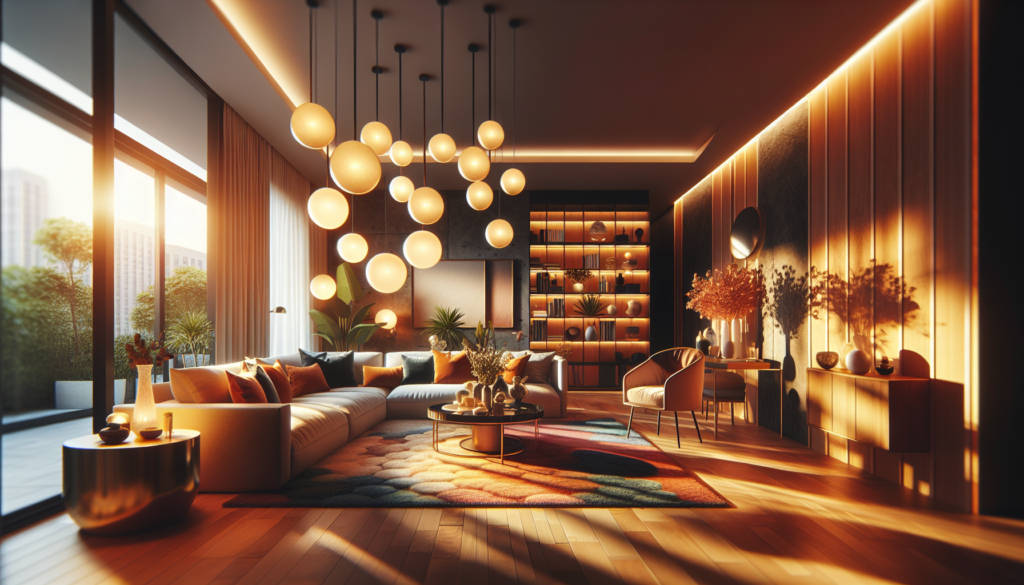
9. Enhancing with Indirect Lighting
Introducing Cove Lighting
Cove lighting refers to the installation of concealed lighting fixtures along ledges or in recessed areas to create a soft, indirect light. This type of lighting is often utilized to enhance the architectural features of a room, such as cove ceilings or crown moldings. Cove lighting adds depth, warmth, and a touch of elegance to a dark room without overwhelming the space with direct light.
Installing Backlighting
Backlighting involves placing light sources behind objects or architectural elements to create a visually striking effect. This technique is commonly used with translucent materials, such as glass, acrylic, or onyx, to highlight these surfaces and create a soft, ethereal glow. Backlighting can be employed in various areas of a dark room, such as behind a wall-mounted TV, behind bathroom mirrors, or underneath countertops.
Using Up-Lighting or Down-Lighting
Up-lighting and down-lighting are effective ways to add indirect lighting and emphasize specific areas or objects in a room. Up-lighting involves placing light fixtures at low levels, such as floor lamps or uplights, to bounce light off the ceiling and create a soft, diffused glow. Down-lighting, on the other hand, utilizes fixtures mounted on the ceiling to direct light downward, adding depth and highlighting specific features, such as a textured wall or architectural elements.
10. Automating Lighting Solutions
Installing Dimmer Switches
Dimmer switches allow for easy adjustment of light intensity, creating a customized lighting experience based on your preferences and needs. Installing dimmer switches in a dark room provides flexibility in controlling the brightness, allowing you to create the perfect ambiance for any occasion. Dimmers also help save energy by reducing the need for full intensity lighting at all times.
Using Motion Sensors or Timers
Incorporating motion sensors or timers into your lighting system can help automate the illumination of a dark room. Motion sensors detect movement and automatically turn on the lights, ensuring that the room is well-lit when you enter. Timers can be programmed to turn the lights on and off at specific times, providing both convenience and energy efficiency.
Exploring Smart Lighting Systems
Smart lighting systems offer the ultimate convenience and control over your lighting. These systems can be controlled remotely through mobile applications, allowing you to adjust the lighting settings from anywhere in the house. Smart lighting systems often include features such as color changing bulbs, scheduling options, and integration with voice assistants for hands-free control. By exploring smart lighting options, you can easily customize and automate the lighting in your dark room to suit your preferences and lifestyle.
By implementing these lighting tips and techniques, you can transform a dark room into a well-illuminated and inviting space. Carefully consider the different aspects of lighting, such as color temperature, light fixtures, and layering techniques, to achieve the perfect balance of functionality and ambiance. Remember, the right lighting can have a significant impact on the overall atmosphere and enjoyment of any room.
